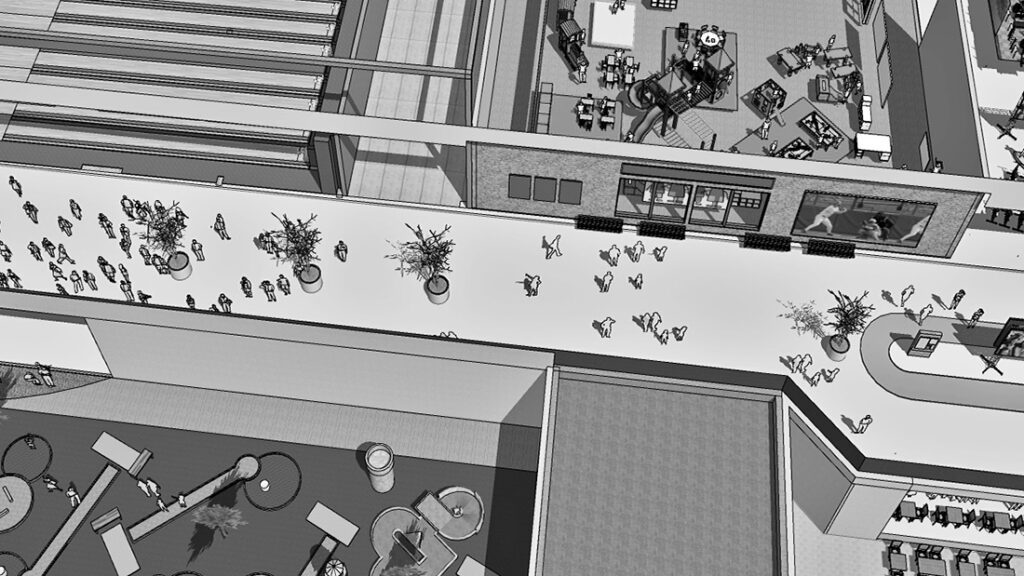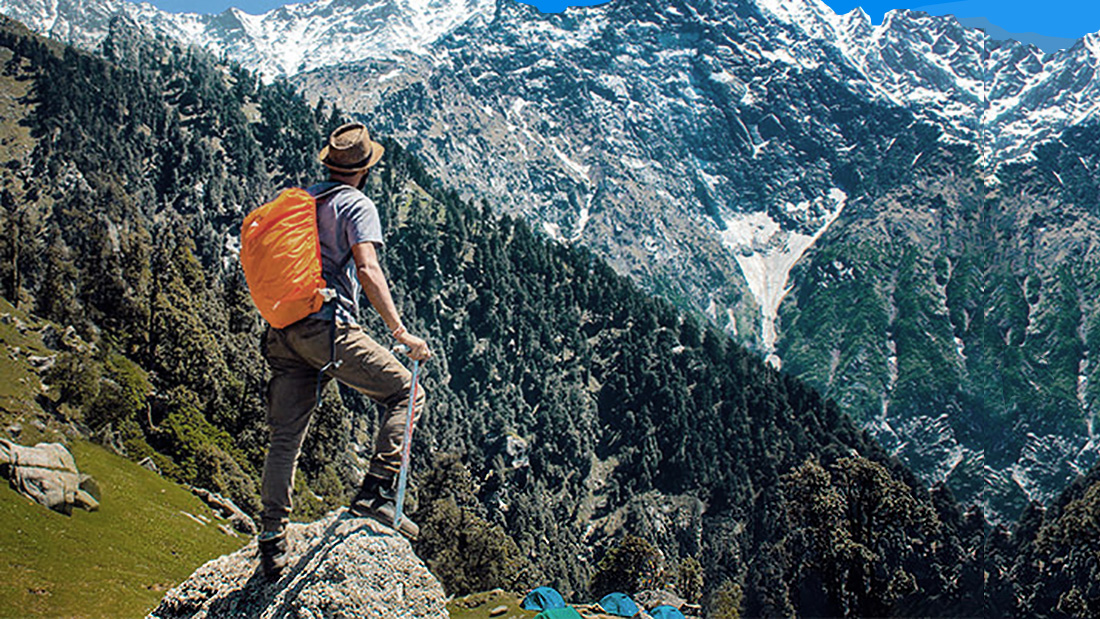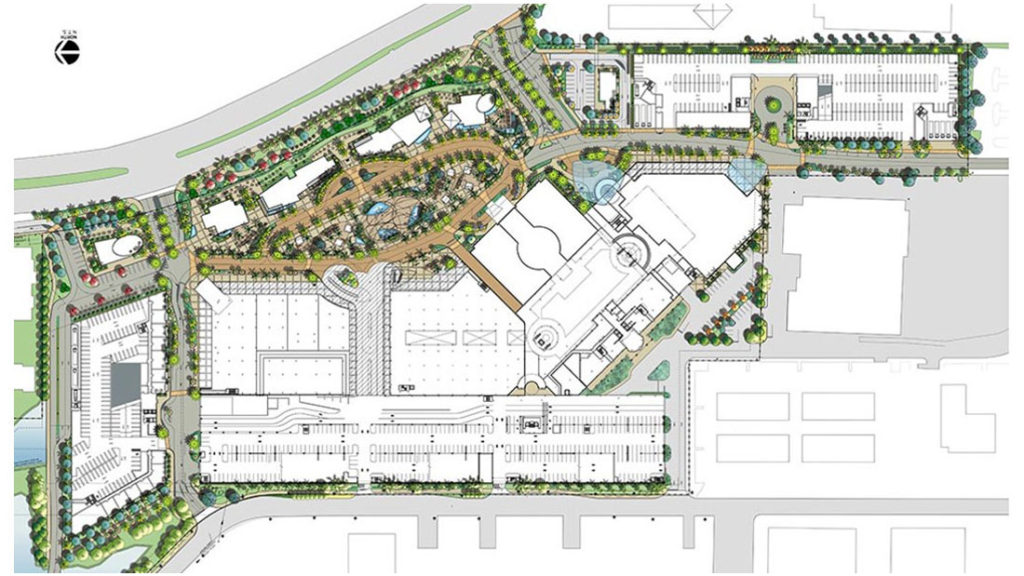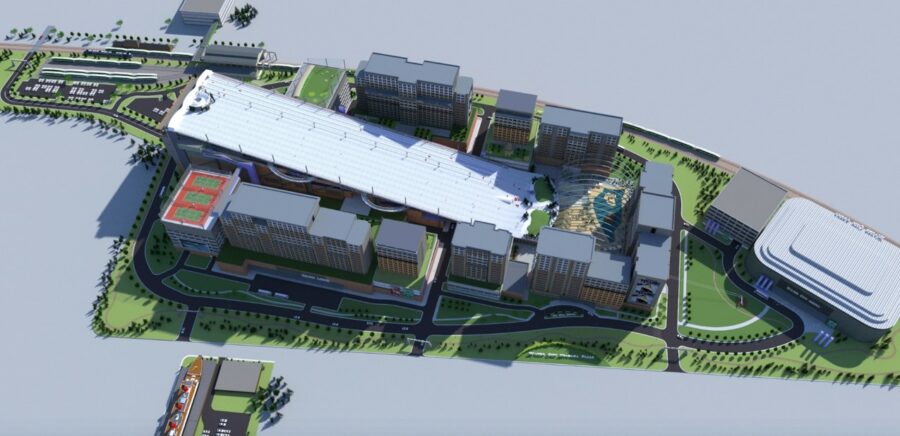The major shopping centers getting redeveloped is illustrating the concept of highest-and-best-use for retail properties everywhere.
Trends in product and consumer preferences that were already in progress have been propelled by the events of 2020. Accordingly, these mall repurposing schemes are less about better opportunities for these properties and more about the impact of the Covid-19 shutdown, the resulting failures of anchor retailers, and the continuation of consumer preferences for online shopping, among other factors. Such is the state of the retail industry these days.
There is some good news, in that many retail properties are well-located in their communities, and there are alternative anchors - even all-new uses.
What has emerged is an industry focused upon highest-and-best-use and simply “opportunistic use,” for many of these struggling malls. The feasibility analysis for these potential alternate schemes involves several constituencies, each of which has objectives for these malls that may conflict:
- The investors and lenders that have capital tied up in these retail properties have their investment interest and to some extent they are agnostic as to repurposing so long as their capital is well deployed. But repurposing does require new capital!
- The local municipalities and county (or state) agencies having jurisdiction also have their role, starting with property and sales taxes.
- Then there are the consumers, many of whom have a stake in having a shopping center in their community, and may not take kindly to losing part or all of their local shopping center.
- Oh, and then there the tenants themselves who not only chose their locations to based upon co-tenancy provisions and the overall critical mass of clustered tenants.
Clearly, a lot of parties with sometimes conflicting interests, all are involved in major shopping centers getting redeveloped.
The Good News – Good News and Sometimes Good Alternatives
There is some good news. In general, many retail properties are well-located in their communities, along primary traffic corridors, quality ingress/egress, and visibility from approaches zones. These site attributes that worked well for shopping centers, in many instances make for excellent locations for mixed-use repurposing – often at higher densities than prior retail use. This higher density can allow for projects to carry affordable housing components, which is a dire need in most communities.
The other good news is that there are alternative anchors, and even all-new uses. Active mixed-use anchors such as multi-family housing, senior housing and care facilities, sports and recreation venues, health care, local college and universities (and their satellites), and location-based entertainment, can be viable for specific locations. And there are the additional possibilities although not with the same synergies, such as data centers, fulfillment and logistics warehouses, dark groceries, and the like.

Malls that have obsolescent designs or less than optimal locations given their customer support, are in particular risk during this age of mall transformation.
For More Information
With regard to major shopping centers getting redeveloped – we are tracking announced mall repurposing efforts. This list of such malls is growing each, and we can now refer to our mall redevelopment list, as the Top 100 Mall Redevelopment and Adaptive Re-Use Projects.
Our Top 100 Malls in Redevelopment list is available here:








